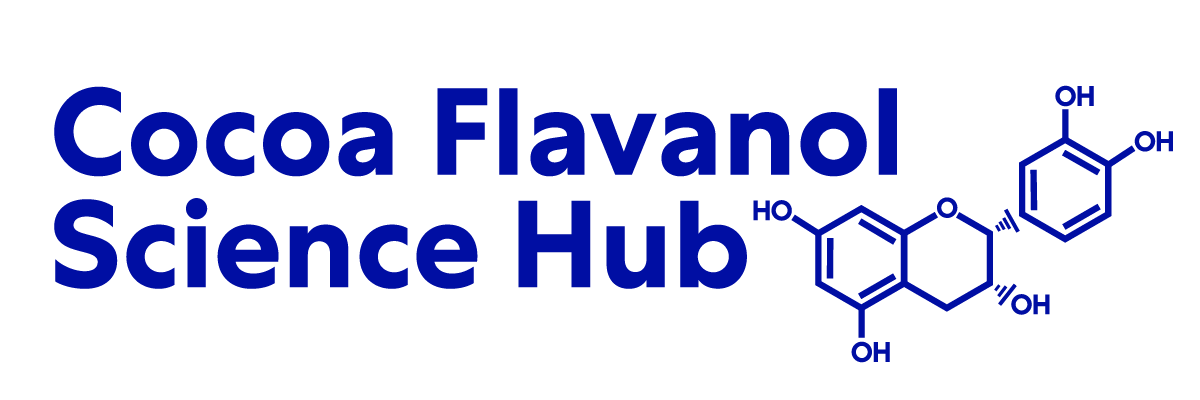Influence of oligomer chain length on the antioxidant activity of procyanidins.
The antioxidant activity of catechin monomers and procyanidin (dimers to hexamers) fractions purified from cocoa was studied in two in vitro systems: liposomes and human LDL. Liposome oxidation (evaluated as formation of 2-thiobarbituric acid reactive substances) was initiated with 2,2'-azobis (2-amidinopropane) hydrochloride (AAPH), 2,2'-azobis (2,4-dimethylvaleronitrile) (AMVN), iron/ascorbate, or UV-C; LDL oxidation (evaluated as formation of conjugated dienes) was initiated with Cu(2+) or AAPH. Catechin monomers and procyanidin fractions inhibited both liposome and LDL oxidation. Monomers, dimers, and trimers fractions were the most effective antioxidants when liposome oxidation was initiated in the aqueous phase. When oxidation was initiated in the lipid domains, higher molecular weight procyanidins were the most effective. All fractions significantly inhibited Cu-mediated LDL oxidation; no significant effect of procyanidin molecular weight was observed. The hexamer fraction was the least effective with respect to preventing AAPH initiated LDL oxidation. Results reported herein give further evidence on the influence of the oligomer chain length on theantioxidant protection by procyanidins.
See the Full Study > (opens in a new tab)








